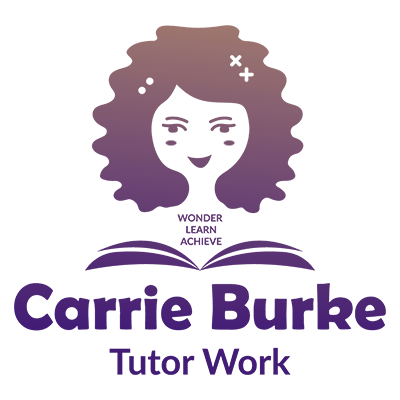This week, I’ve been going over features of 3D shapes with some of my Year 5s who are preparing for the 11+ examinations. It always surprises me how much these key stage two children still really love handling and examining ‘real life’ objects to help them learn when worksheets and books just don’t cut the cloth.
I guess I shouldn’t be that surprised really; as babies, we all start learning through the senses of touch, smell and taste, it’s how we first experience the world. But as we grow older, we quickly incorporate the senses of sight and sound to help us navigate new and interesting situations.
We have three main ‘learning styles’- visual (learning with our eyes), auditory (learning through our ears) and kinaesthetic (learning through our bodies). Although we use a variety of these, we tend to still have one preferred way of learning. I always identify my tutees preferred style so that I can prepare resources that stimulate them and help them to absorb information more easily. By understanding individual approaches to learning, it’s also a great way for me to gain and maintain an excellent rapport with my students.
So, how can you tell which is your child’s preferred learning style, and what can you do to help them retain information and learning more easily? Have a look at the guide below to help you.
Visual Learners
These types of learners like to ‘see’ what’s going on. They use and respond well to visual cues in language such as:
- Can you see what that looks like?
- I’ve painted the picture of that in my mind
- That’s a good visual
- I look at things differently
Visual learners unsurprisingly like to see things. If you think your child is a visual learner, they will respond well to videos and looking at diagrams and pictures. They like to draw things out, so using mind maps will really help with revision. If you’re reading with them, let them look at the book with you- even if they don’t understand the words, they will enjoy the visual stimulation.
Auditory Learners
These types of learners use their sense of sound to absorb information. You can identify them through their use of language such as:
- I hear what you’re saying
- Can you tell me that again?
- It sounds good to me!
- That doesn’t ring true
Auditory leaners love sound of course! If you think your child is an auditory learner, they will resonate well with the spoken word. They are good at learning things out loud and love to recite and remember facts through songs and poems. They are more sensitive to the pitch and tone of your voice, so if you read to them, make sure it’s with plenty of drama and expression!
Kinaesthetic Learners
These learners absorb information best through touch or movement. They will respond well to words and phrases such as:
- What’s the scope of this?
- Take me through that again
- Keep in touch!
- I’ve got a sinking feeling about this
Most of all though, you will notice them through their body language; they could be a bit of a fidget or like to play with something in their hands whilst with you. If you think your child is a kinaesthetic learner, let them move about whilst they learn. Treasure hunts or map reading, talking about learning whilst walking, and using objects will all contribute to this type of child’s education. If you’re reading with them, let them hold the book with you and if they’re very young ‘touchy feely’ books and cuddling a teddy bear will really help them to retain anything you show or say to them.
If you’re interested in working with a tutor who helps your child to understand not just what they learn but how they learn then please get in touch!
What do you notice about your child’s learning technique?


